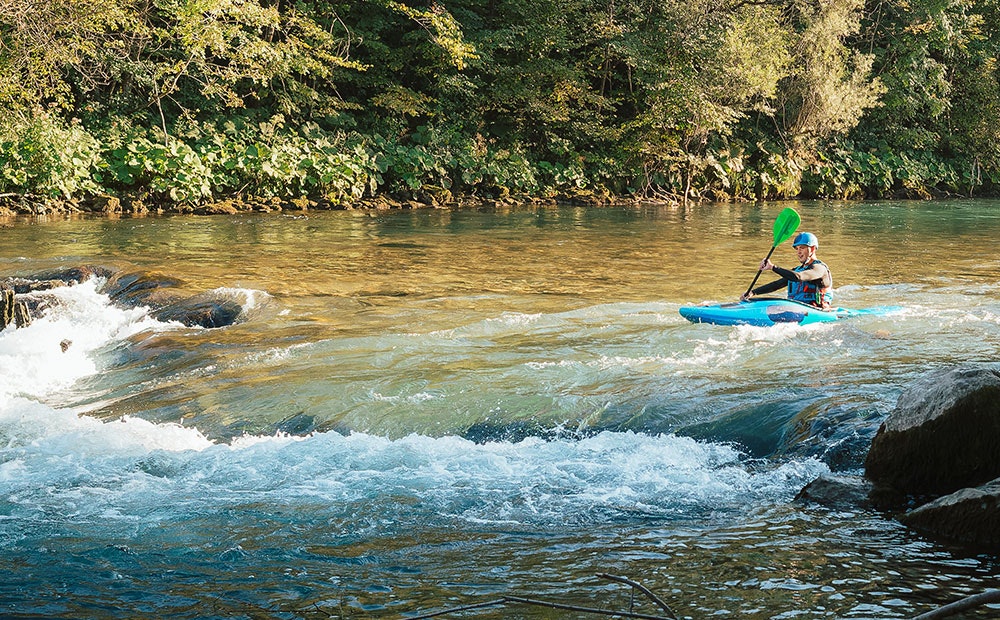Swift Water Safety: Techniques for River Rescue and Prevention

Carbondale and the Crystal River Valley is a picturesque haven for outdoor enthusiasts, with the Crystal River coursing through its scenic landscape. For all its beauty, the river presents a powerful force that requires an acute awareness of water safety, particularly during swift water season. With Spring runoff starting, we wanted to share some information with you about swift water emergencies. This guide will take you through the nuanced art of swift water safety and rescue, ensuring a fulfilling adventure without compromising on the safety of you or your loved ones.
Understanding Swift Water Hazards
The appeal of the Crystal River is undeniable, but its waters, even in seemingly calm stretches, can pose significant hazards to swimmers, rafters, kayakers, and anyone venturing near its banks. Swift water hazards include undercurrents that can trap even the strongest swimmers, strainers that can entangle and submerge, and undertows that can pull unsuspecting individuals beneath the surface.
It’s crucial to recognize these natural dangers and respect the power of moving water. In this section, we’ll explore in detail how these hazards manifest and what behaviors to avoid to mitigate the risk.
Essential Techniques for River Rescue
When enjoying the river, being prepared to respond to emergencies is just as important as preventing them. We’ll describe four vital techniques for swift water rescue that our first responders use that can make the difference between a successful intervention and a tragic outcome.
Throw Bag Rescue
For rivers with significant currents, the throw bag technique is invaluable. Rescuers use a throw bag—a bag containing a rope—to reach individuals in the water from a safe distance. The bag is thrown with precision, the rope unfurls, and the person in need can grab hold, facilitating their retrieval. If you feel safe, this is a technique anyone can use.
Reach Rescue
In scenarios where the person in the water is closer to the edge, a reach rescue involves extending an object, typically a branch, paddle, or pole, for them to grasp. This method requires less effort and is often safer for both the rescuer and the victim. This is another technique that you can try, if you feel safe.
Wading Rescue
Wading into the shallows to reach someone is an approach that requires a strong understanding of the water’s behavior and the use of protective equipment. Effective communication is critical to ensure that both the rescuer and the person being helped move in unison.
Swiftwater Swimmer Rescue
When trained rescuers are able to safely enter the river, they use specialized techniques for swimming out to a victim, securing them, and getting them out of the water. Those trained in swift water swimming will be equipped to handle the added complexity of strong currents and possible debris.
Prevention Strategies
Preparation and foresight can sometimes prevent the need for rescue. In this section, we look at proactive strategies such as the importance of life jackets, understanding river currents, and adhering to safety guidelines.
Importance of Life Jackets
Wearing a life jacket is non-negotiable in any river activity, regardless of one’s proficiency as a swimmer. In swift water, where conditions can change rapidly, a life jacket can keep you afloat and improve your visibility in murky waters, aiding in a quicker rescue.
Understanding River Currents
Educating yourself on the types of currents commonly found in rivers—such as eddies, upstream and downstream currents—and how to respond upon entering them can be lifesaving. Currents are nature’s forces, and working with them is key to maintaining control.
Signage and Safety Protocols
Local authorities often place signage near dangerous stretches of the river. These warnings are not optional but essential guides to behavior. Safety protocols, like having a designated spotter for each swimmer or paddler, and never entering the water alone, can help further reduce risk.
Connect With Your Friends at Carbondale Fire
The allure of the water is part of what makes life in the Crystal River Valley so special, yet we must approach it with the respect it commands. Swift water safety is not just about knowledge; it’s about a mindset that values preparedness and vigilance. By adopting the techniques and strategies outlined in this guide, you empower yourself to make the most of the river’s offerings safely.
Remember, safety is everyone’s responsibility, and by working together, we can minimize the risks and maximize the enjoyment of our local rivers. May your future adventures be not only full of joy but also a testament to the balance we can achieve between nature and the communities we cherish.
If you have any questions, please feel free to reach out to your friends at Carbondale Fire .
